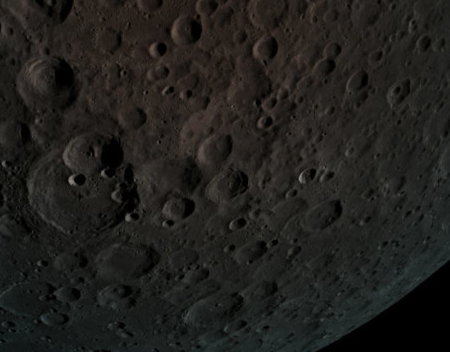Mollie Hemingway of The Federalist yesterday posted a very cogent and honest essay entitled, “Here’s Why I Didn’t Fall For The Russia-Trump Conspiracy.”
To preface, during the past two years Hemingway, along with a small cadre of honest Washington reporters, maintained their objectivity and did not fall for the Russian collusion scam. Instead, they documented the absurdity of the mainstream press’s claims and its never-ending “bombshells” (all of which ended up to be duds).
Hemingway outlines how, living deep within that Washington press culture, she at first found it difficult to resist peer pressure to accept the anti-Trump claims. She then describes how she did come to resist, and concludes as follows:
I didn’t fall for the Russia hoax that CNN and other media outlets did because I worked hard at understanding the appeal of his candidacy even before the Russia narrative started. At the same time, I recognized how disruptive he was to the established order and the livelihoods of those who had grown comfortable in D.C. Unlike many reporters, I knew and loved many people who voted for Trump. My background as a media critic made me aware of information campaigns and how to resist them. My dislike of the interventionist foreign policy made me less susceptible to scaremongering about realist foreign policy.
Her essay is worth reading because it provides a nice summary of the dishonesty rampant the past two years in the leftist press and Washington culture.
Reading her essay, however, made me wonder why I never fell for the Russia-Trump conspiracy. The answer was obvious. Hemingway, seeped in that mainstream press culture, as a Washington reporter, found increasingly she had to check what that press was telling her, and repeatedly found what it was saying was a lie.
I however long ago realized how dishonest and untrustworthy that mainstream press is, and thus have not relied on it for information, in the slightest, for about two decades. When a news source routinely gets its story wrong and then does nothing to correct the problem, I then decide that news source is not a source I will rely on for information.
For the past two years I have routinely ignored the anti-Trump claims and “bombshells” put forth by the NY Times, Washington Post, CNN, MSNBC, NBC, CBS, ABC, and all the other mainstream news sources. I simply don’t go to them for information. I knew from much experience that information would be wrong, and not worth the electrons that broadcast it.
Thus, I found it easy to dismiss as hogwash their claims that Trump was an agent for Russia. I already knew the people making the claim were clowns not to be listened to.
Does that make me uninformed or close-minded? No. Instead, I avoid being misinformed, as the facts I dig up from many other news sources, checked against each other, generally turn out to be trustworthy.
Everyone in the U.S., going forward, should keep this in mind. These leftist news sources are merely propaganda operations for the Democratic Party. If you rely on them for information you will definitely not know what is going on. Instead, you will be a puppet for that political party, someone unfit to call themselves a free citizen of a free nation.











